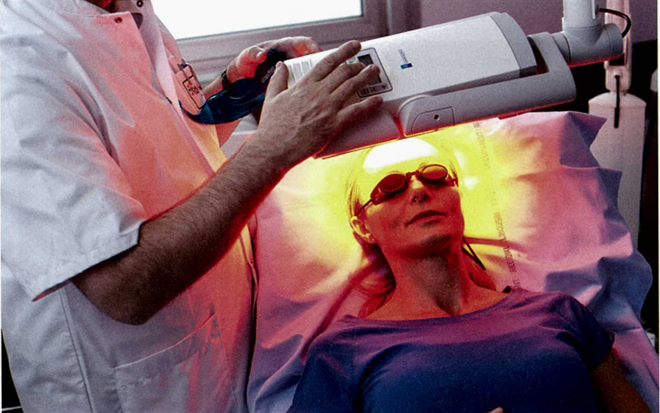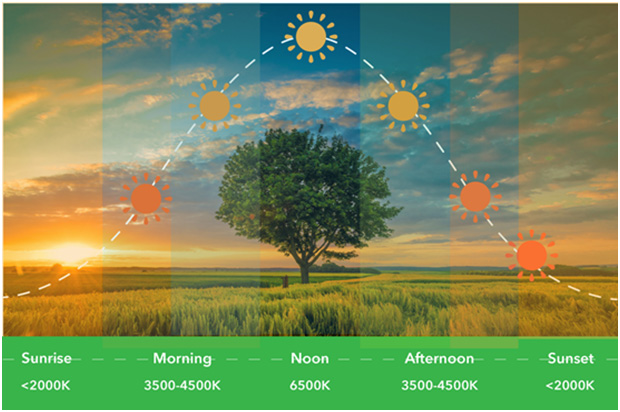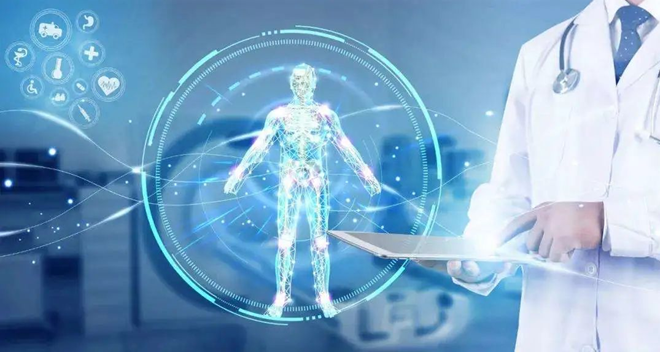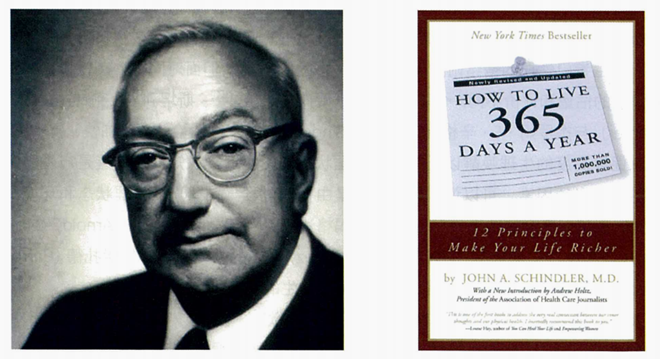The Healing of Light
The healing effects of light have been used for thousands of years, starting with the use of natural light to strengthen the body and treat disease, and then expanding with the discovery of the visible spectrum and later the ultraviolet and infrared spectra.
Today, the healing effects of light cover a wide range of medical fields including neonatal jaundice, cosmetic skin care, depression and cancer treatment for people of all ages. According to Wikipedia, light therapy refers to the use of daylight or light of a specific wavelength as a source of light to prevent disease and promote healing.
Light therapy is based on the theory that biological tissues absorb light energy and convert it into thermal and chemical energy, resulting in a chain of chemical reactions in the body.

The physical and chemical effects of light specifically include thermal, photochemical, photoelectric and fluorescent effects, and different effects will have different effects on the body. The effect of phototherapy is mainly related to the wavelength, irradiation dose and irradiation mode, using various colors of photons to produce different photochemical reactions on the body to achieve the purpose of wound treatment and beauty.
In phototherapy, the different characteristics of each wavelength of light can be used to target the effect. Among them, infrared light and red light have significant photothermal effects, which can raise the tissue temperature, promote blood circulation and accelerate wound healing, thus being able to promote blood circulation and accelerate wound healing.
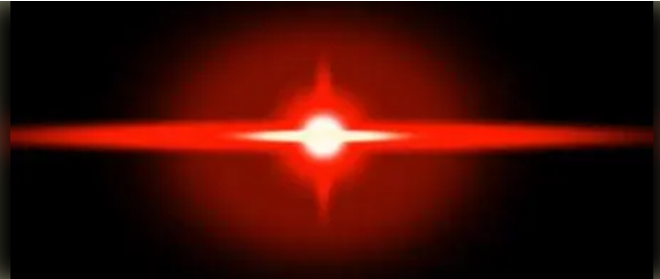
The photochemical effect of blue light has a wide range of applications: firstly, blue light can treat neonatal jaundice because it has the strongest hydrolysis effect on bilirubin; secondly, blue light can have a photochemical biological reaction with the porphyrins in Propionibacterium acnes, thus improving acne; in addition, because the retina-hypothalamus bundle is most sensitive to blue light, blue light is also closely related to rhythm regulation is closely related.
Violet light and ultraviolet light are more energetic and can cause photochemical reactions in cellular molecules, such as photolytic effect, photochemical effect, photopolymerization and photosensitization, and thus have anti-inflammatory, analgesic and skeletal disease treatment effects.
As an emerging effective treatment, phototherapy has many advantages over pharmacological treatment.
(1) Safety: Adequate research at home and abroad has shown that the irradiation of various colors of light on the body or cells will only have certain effects on abnormal tissue cells and will not have adverse effects on normal tissue cells. Therefore, as a non-pharmacological means, light therapy has small side effects, no residue in the body, and no after-effects.
(2) Extensive: Due to the rich physicochemical effects of light, the field of phototherapy involves all aspects of medical fields such as oncology, psychiatry, orthopedics, and medical aesthetics.
(3) Low invasiveness: In the treatment process for skin diseases mostly use extracorporeal irradiation, while photodynamic therapy mostly puncture needles, optical fiber, endoscopy and other interventional techniques to guide the light source deep into the body for treatment. Compared with surgery, phototherapy can be non-invasive or minimally invasive, minimizing the trauma and pain of patients.
(4) High selectivity: In phototherapy, the light source, wavelength and dose can be selected by targeting germs, tumors and other attack targets to achieve the effect of precise action without damaging other tissues.
(5) Highly adjuvant: Phototherapy can be combined with various treatments such as surgery and drugs; it can also be used to treat insomnia, using blue light and melatonin to work together for better results.
1
Light for repair
Infrared light for wound healing
For wounds such as burns, ulcers, and surgical procedures, the body’s natural growth is slow to heal and there is a risk of wound infection, so infrared or red light is often used in medical treatment to accelerate wound healing.
Because of its excellent healing effect and minimal side effects, light therapy can speed up recovery and reduce patient pain, and is therefore used in a wide range of applications and for people of all ages, such as post-cesarean section, post-neonatal surgery, severe burns, chronic ulcers, hemorrhoids, etc.
The mechanism of restorative light therapy makes use of the fact that red light and infrared light can pass through the skin and directly produce thermal effects on muscles and subcutaneous tissues: on the one hand, it can accelerate the circulation of blood substances and the absorption of inter-tissue fluids, which helps to keep the wound surface dry, thus reducing the survival of microorganisms and the occurrence of infections; on the other hand, it can accelerate the metabolism of ecological tissues and enhance the self-healing ability of wounds. In addition, infrared light can also reduce the excitability of nerves and provide pain relief.
In practical application, the ratio of each wavelength component is very important. Infrared rays used in light therapy can be divided into short- and medium-wave infrared rays and long-wave infrared rays. The penetration of long-wave infrared light is relatively weak and is mostly absorbed by the surface skin; the penetration of short- and medium-wave infrared light is the strongest and can directly heat the deep muscle and blood vessel tissues, and the therapeutic effect is also better. Therefore, the ratio of short and medium wave infrared rays is one of the important factors affecting the effect of restorative light therapy.
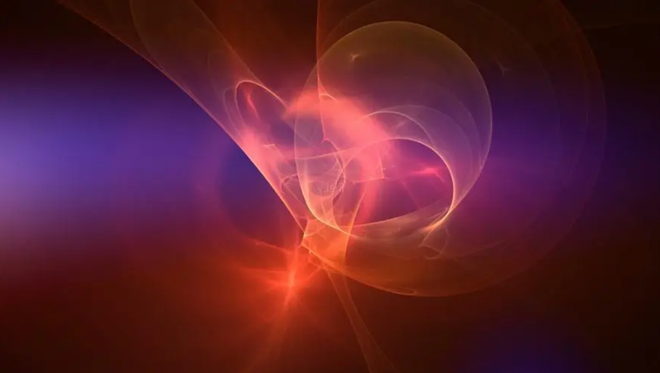
2
The Light of Beauty
Light and skin care beauty
The application of light therapy in the field of skin care and beauty can be divided into two categories: ultraviolet light for the treatment of skin diseases and visible light for acne and skin rejuvenation.
Red light irradiation with a wavelength of about 650nm can increase the level of cellular mitochondrial metabolism and promote collagen formation, making it substantially higher than the amount produced by normal cell differentiation in the human body.
And yellow light with a wavelength of about 580nm can enhance the activity of skin collagen cells, promote collagen synthesis, and strengthen collagen and elastic fibers in the skin, so it can be used for skin whitening.
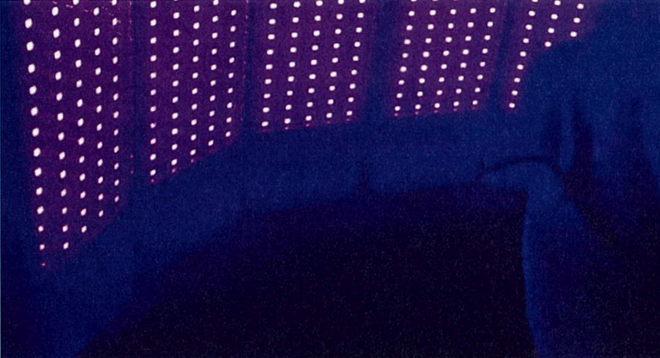
As for blue light at around 415nm, domestic and foreign clinical experimental research shows that it can effectively kill Propionibacterium acnes and also reduce the number of acne and inflammatory lesions, promote tissue repair and improve skin quality.
Light therapy is not only a cosmetic treatment, but also a solution to the “hair loss” problem that many people suffer from. Red or near-infrared lasers have the ability to promote tissue repair and regeneration, promote intracellular energy transfer and circulation, increase nutrients to the hair follicle, and stimulate new hair growth.
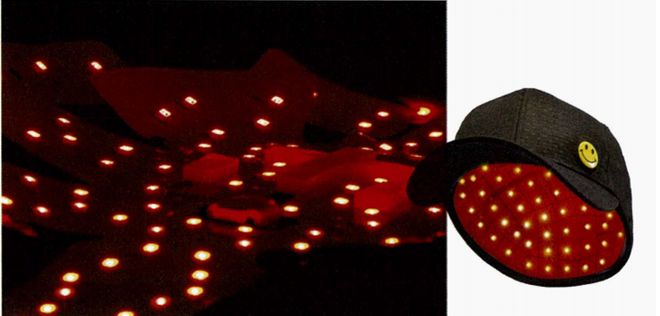
3
The Light of Listening
Optical Cochlear Implant
A cochlear implant is a biomedical device that converts sound waves into electrical signals, which are then sent to auditory processing nerve cells. A team of researchers at the University ofGöttingen Medical Center has combined LED and genetic manipulation to create an optical cochlear implant that successfully restores sound perception to deaf people, replacing electronic electrodes with optical fibers and electric currents to activate cochlear auditory neurons, and solving the problems of resolution and clarity of the traditional cochlear sound signal.
Photodynamic Therapy (PDT) is a new method of treatment with photosensitive drugs and laser activation, with the outstanding advantages of being precise, targeted, less invasive, and repeatable. The three necessary elements are photosensitizer, light source and oxygen molecules in the cells, and the choice of photosensitizer and wavelength of light is the key to photodynamic therapy. The selection of photoreceptors and wavelengths is the key to photodynamic therapy.
4
Light of Life
Optogenetic
Optogenetic (optical genetics) is a discipline born in 2005 that combines optics, software control, genetic manipulation, electrophysiology and other technological frontiers of crossover bioengineering.
Optogenetics holds promise for restoring memory in Alzheimer’s patients, and for treating Parkinson’s disease, narcolepsy, depression, and anxiety. Optogenetic technology tools bring a revolutionary boost in neuroscience and cell biology signaling pathway research. Optogenetic technology precisely controls the activity of specific cells in space and time, especially in time with millisecond precision, with a wide range of potential applications, even covering diseases in our overall life stage from birth to aging, and its ambition to benefit human health is just around the corner.
